Why is reinforcing necessary?
Most manufacturers of concrete products use reinforcing steel because they’ve been told to use it by a specification, specifier, or maybe his/her father said to put it in. But is it really necessary? If so, why?
We are all familiar with the term "concrete strength” that actually refers to concrete’s compressive strength. For example, a concrete strength of 4,000 psi means that, in compression, it can tolerate a load of 4,000 lbs. for every square inch of surface area. That’s pretty strong stuff! When a compression test is done on a concrete cylinder, the concrete is "squeezed" between two hydraulic cylinders, that is, the concrete is compressed.
But what happens to the strength of concrete if we pull on each end of the cylinder, rather than "squeeze" the ends together? In other words, put the concrete in tension rather than compression. We refer to this as a tensile test. And, unfortunately, the tensile strength of concrete is about only 1/10th of the strength that it is in compression. Concrete that has a compressive strength of 4,000 psi has a tensile strength of only about 400 psi. Not so strong!
When load is applied to a concrete structure, it will tend to deflect. For example, if a load is applied to the top of a slab that is supported on each end, it will deflect so that there are tensile stresses in the bottom of the slab, and compressive stresses at the top. Because concrete is weak in tension, it will crack at the bottom. Since reinforcing steel is able to withstand much higher tension than concrete can, it makes sense to use reinforcing steel to resist the tension stresses in the product. For this example, the steel needs to be located at the bottom, because that is where the tension stresses are the greatest.
Let’s look at another example - reinforcing for a manhole base slab. In this case, the load on the slab is from the bottom (due to soil pressure), so the slab will deflect upwards. This will cause tensile stresses to develop at the top of the base slab, which is why the reinforcing needs to be placed in the top half of base slabs.
Bond between concrete and steel is critical, because it is the development of bond that transfers the tensile stresses from the concrete to the steel. Bond is developed by the deformation on rebar, and the welded wire intersections of mesh. Deformed weld wire fabric improves bond by developing bond along the length of the deformed wires, as well as at the welded intersection.
Important notes:
- NEVER spray release agent, or any other oil, on the reinforcing as it will reduce the bond.
- Light rust on the steel actually improves bond, as long as the rust isn’t flaking and hasn’t pitted the steel.
- Synthetic fibres are referred to in ASTM specifications for use as an enhancement only. Although they control cracking
very well, their use as a structural replacement for steel is still in question.
Steel reinforcement is important, so use it, but put it in the right place.
